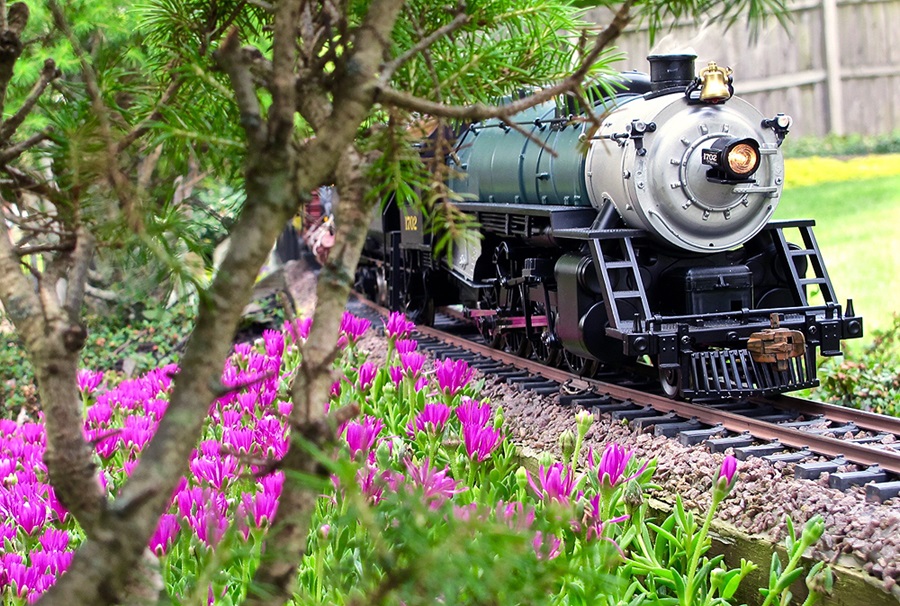
Common name: Trailing ice plant, Cooper’s ice plant Latin name: Delosperma cooperi USDA Hardiness Zones: 6 to 9 Cultural needs: Well-drained soil, sun or part shade Plant size: 3-inches high by 3-feet wide Sometimes called hardy ice plant or purple ice plant, this low succulent is not to be confused with the larger purple […]
Read More…
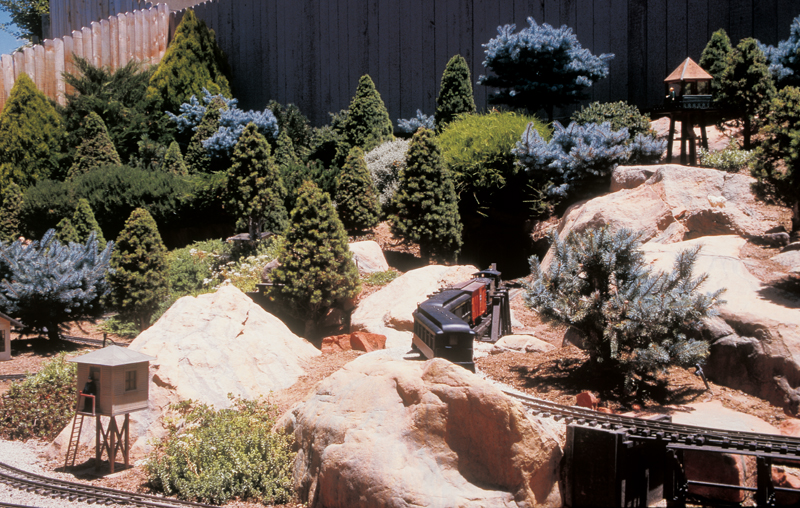
This is a beginner’s guide to dwarf Alberta spruce trees. Across the country, hundreds of us rely on one, small scale, slow growing, almost perfectly conical evergreen to fill our miniature forests, towns, and mountains: dwarf Alberta spruce (Picea glauca ‘Conica’). How do you prune them, what kind of conditions do they really need, and […]
Read More…
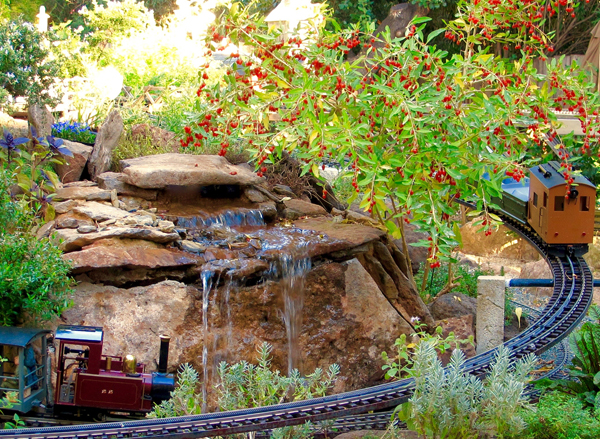
Nancy Norris Common name: Goji berry, wolfberry, Chinese boxthorn Latin name: Lycium barbarum, L. chinense Plant type: Perennial USDA Hardiness Zones: 6-9 for L. barbarum, 4-9 for L. chinense Cultural needs: Well-drained, high pH (alkaline) soil, full sun Plant size: 5-8′, easily pruned to stay 2-3′ as in photo Nurseries stock Goji berry plants more […]
Read More…
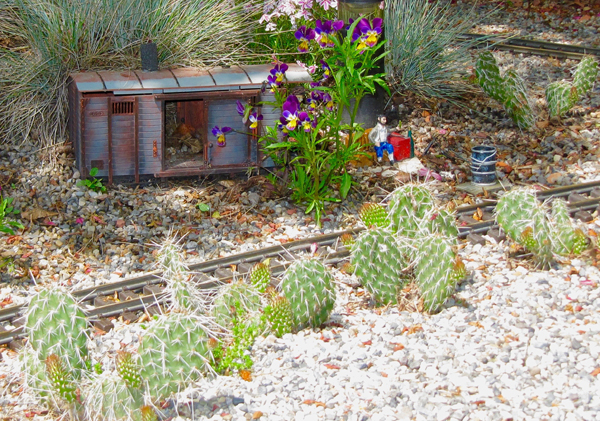
Nancy Norris Common name: Dwarf prickly pear cactus, devil’s tongue Latin name: Opuntia sp. USDA Hardiness Zones: 3-10, depending on species Cultural needs: Gravelly or sandy well-drained, neutral soil, sun or part shade Plant size: 4-6″ pads, clumping Nancy Norris To feature “devil’s tongue” cactus in a family hobby may be controversial—just check out all […]
Read More…
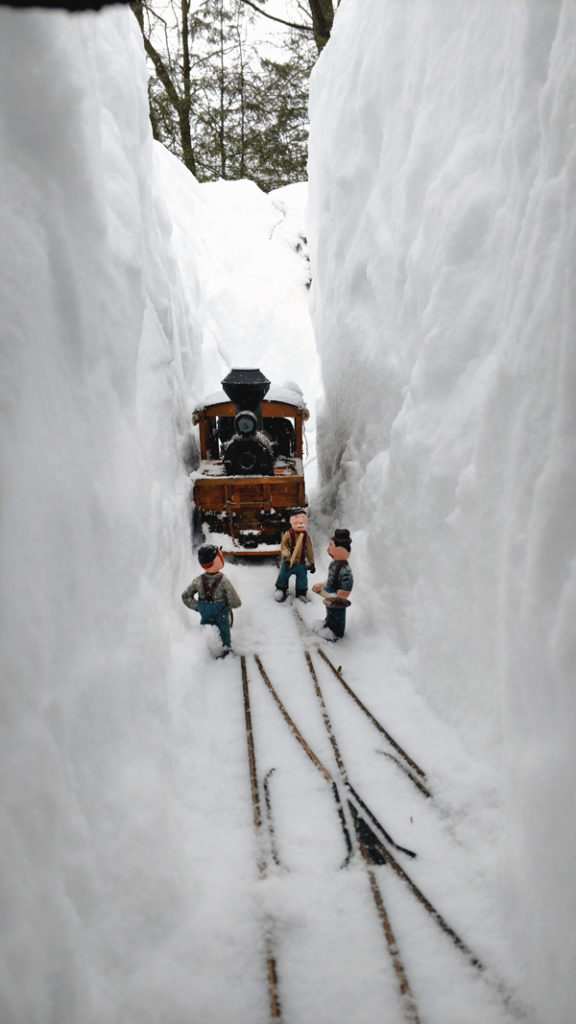
Fall is the time many builders begin preparing their railroads for harsh winter weather that lies ahead. Unless, of course, you’re lucky enough to live in a temperate climate zone. In the weeks before the cold arrives, some folks start to stow their structures, drain water features, and tuck the trains away for months of […]
Read More…

Garden Railways highlights five garden hand tools and one DIY project in this snapshot video. See more in the Fall 2019 issue of Garden Railways magazine. […]
Read More…

Garden Railways highlights five garden hand tools and one DIY project in this snapshot video. See more in the Fall 2019 issue of Garden Railways magazine. […]
Read More…
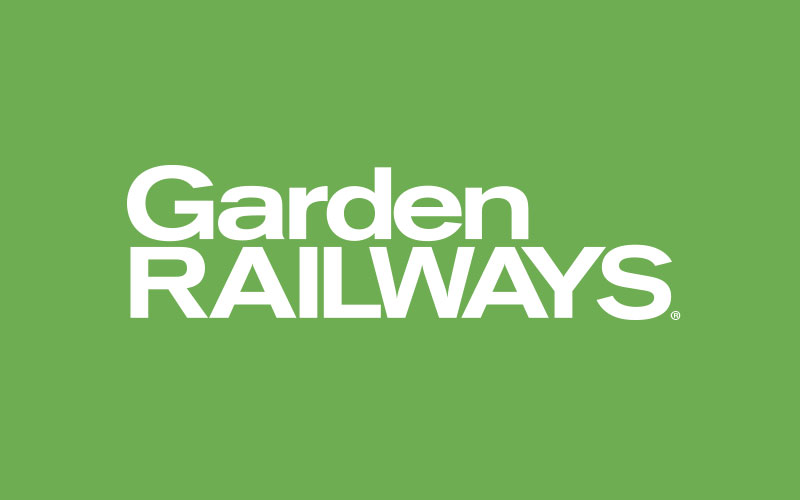
To a novice gardener, the topic of plant-hardiness zones can be as confusing as gauge and scale terminology is to the beginning model railroader. With gauge and scale, there are different standards used by various manufacturers. In gardening, growers and publishers utilize different hardiness-zone ratings. The main confusion comes from the fact that there are […]
Read More…
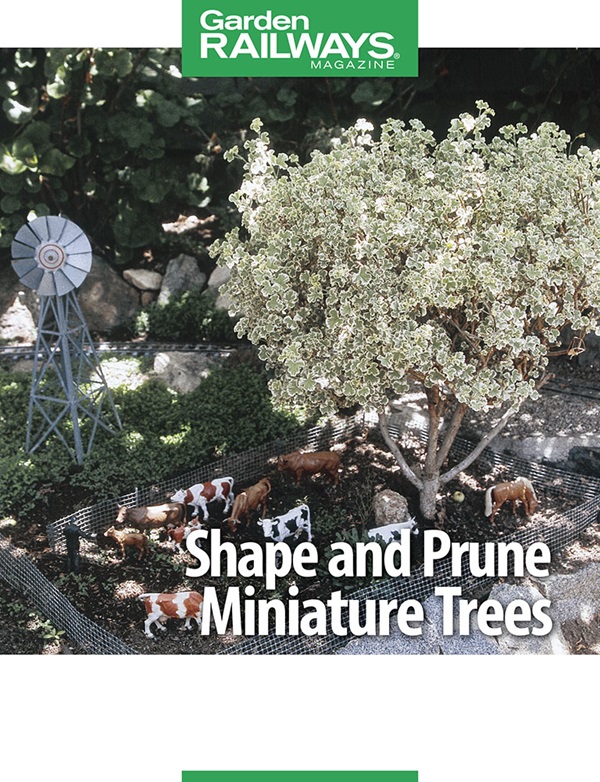
Download this free nine-page PDF to learn how to control the growth of miniature trees, and prune, shape, and trim a variety of different plants. […]
Read More…
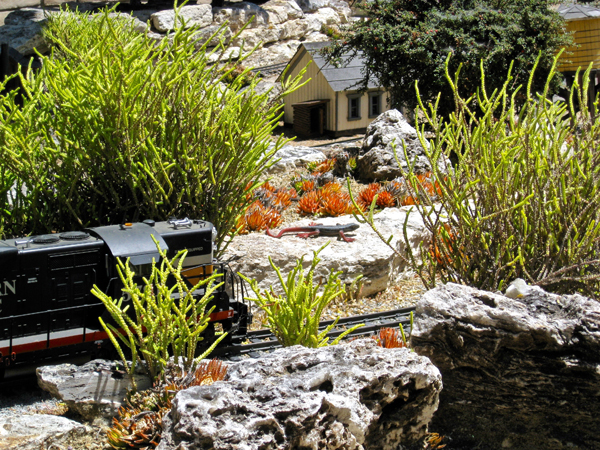
Nancy Norris Common name: Watch chain stonecrop Latin name: Sedum sexangulare Plant type: groundcover USDA Hardiness Zones: 3-9 Cultural needs: full sun, average to dry soil with good drainage Plant size: 6-10″ Often used on green roofs for a quick covering, watch chain stonecrop is both dainty and rugged. Like most stonecrops of the genus, […]
Read More…
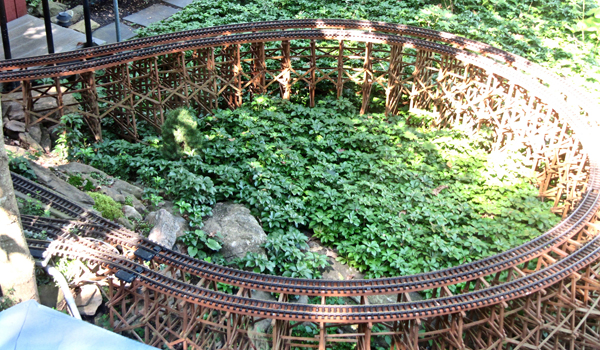
Nancy Norris Common name: Japanese spurge, Pachysandra Latin name: Pachysandra terminalis Plant type: Groundcover USDA Hardiness Zones: 4-8 Cultural needs: Moist, well-drained soil; full shade to full sun Plant size: 6-8″ high, spreading aggressively Close up of leaves Nancy Norris Sometimes we need a groundcover to simply cover the ground in hardy greenness to prevent […]
Read More…
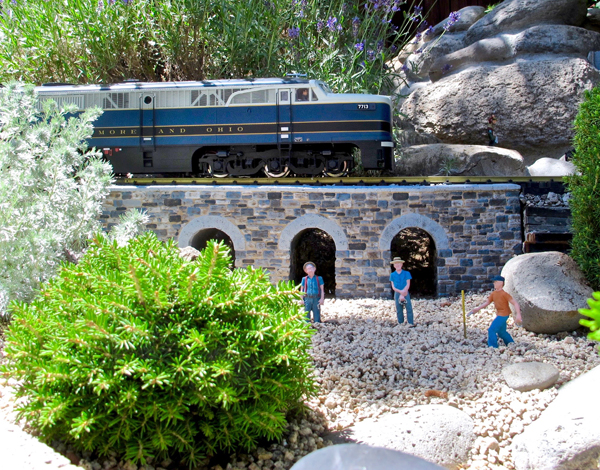
Nancy Norris Common name: Dwarf balsam fir, dwarf silver fir Latin name: Abies balsamea ‘Nana’ Plant type: Dwarf conifer USDA Hardiness Zones: 3-8 Cultural needs: Moist, well-drained, slightly acidic soil; sun or part shade Plant size: 10″ in 10 years Dwarf silver fir’s dark green, fragrant needles (silver underneath) form a compact mound. Trim lower […]
Read More…











